
As the mercury begins its inevitable descent and the first whispers of winter fill the air, proactive car maintenance shifts from a suggestion to an absolute necessity. Winterizing your vehicle isn’t just about making it through the colder months; it’s about safeguarding your investment, ensuring your safety on potentially treacherous roads, and most importantly, avoiding the headache and hefty expense of an unexpected breakdown when temperatures plummet. A little preparation now can spare you significant trouble and cost later.
The challenges posed by winter driving are multifaceted, ranging from diminished traction on icy surfaces to the added strain cold weather places on critical engine components. Each year, countless drivers find themselves stranded or facing costly repairs that could have been easily prevented with a few strategic checks and adjustments. Our goal is to empower you with the practical knowledge to tackle these seasonal demands head-on, transforming your car into a reliable ally against the elements.
This comprehensive guide, presented in the straightforward, actionable style you’d expect from experts in vehicle care, will walk you through the most crucial steps to prepare your car for winter. We’ll delve into the specifics of what needs attention, why it matters, and how you can perform these essential tasks to ensure your vehicle is not just ready for the snow and ice, but performing at its peak. Let’s start where the rubber meets the road so you can drive safely in snow.
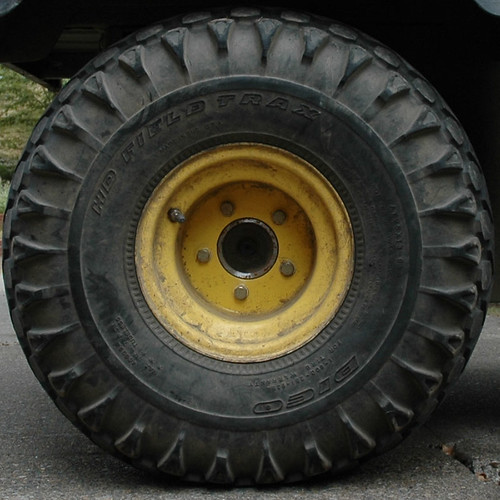
1. **Inspect Your Tires**
Whether you are driving a nearly new Mercedes-Benz or a nearly worn-out Honda Accord, only one thing connects a vehicle to the road: tires. David Bennett, manager of repair systems at the American Automobile Association (AAA), said that’s one of the first areas to inspect as winter approaches. This foundational step is paramount because your tires are the single point of contact between your vehicle and the road surface, directly impacting performance and safety.
Neglecting tire inspection before winter can have severe consequences, particularly when facing challenging conditions like ice and snow. David Bennett emphasizes that ample tread on your tires is the “lifeblood of the car” when it comes to maintaining traction on slippery roads. A worn tread significantly diminishes performance, leading to longer stopping distances and a reduced ability to resist hydroplaning, creating hazardous driving situations that put you and others at risk.
To accurately assess whether your tires possess sufficient tread depth, a simple yet effective method involves using a penny. You should insert a penny into one of the grooves between the treads, ensuring that Lincoln’s head is facing you and is upside down. This check should be performed in 10 to 15 different areas across each tire to get a comprehensive understanding of the wear pattern, as wear can sometimes be uneven.
The visual outcome of the penny test provides clear guidance. If you can see all of Lincoln’s head, it indicates that the tread depth is less than 2/32 of an inch. According to automotive experts, this measurement signifies that the tire is dangerous and has reached the end of its safe operational life. In such a scenario, it is imperative that you replace your tires immediately to restore crucial grip and ensure safe winter driving.
Conversely, if a portion of Lincoln’s head remains hidden when the penny is inserted, it suggests that your tire still possesses adequate tread depth. While this means your tire is currently acceptable, regular monitoring is still advisable throughout the winter season. Consistent vigilance ensures that your primary connection to the road remains robust, providing the traction necessary to navigate cold, wet, and potentially icy conditions with confidence.
Read more about: Unlock a Smoother Ride: The Ultimate Guide to Essential Car Accessories Under $50 That Revolutionize Your Drive

2. **Fix Tire Pressure**
Beyond just tread depth, the correct inflation of your tires is another critical factor in safe winter driving. A severely deflated tire can pose significant risks, especially when navigating roads that may conceal hazards such as potholes. Striking a pothole with an underinflated tire can easily result in a catastrophic blowout, potentially leaving you stranded on a frigid highway for hours, exposed to bitter cold temperatures.
The dangers associated with incorrect tire pressure extend beyond mere inconvenience; they can directly contribute to accidents, particularly on slippery roads. Proper inflation ensures the tire’s contact patch with the road is optimized, distributing pressure evenly and maximizing grip. When tires are improperly inflated, their ability to perform under stress is compromised, making your vehicle less stable and harder to control in adverse conditions.
Maintaining accurate tire pressure requires frequent checks, especially during the colder months. A key factor to remember is that temperature fluctuations directly impact tire pressure: “Each 10-degree drop in outside temperature can mean a one-pound loss in air pressure.” This natural phenomenon necessitates more frequent monitoring during winter to compensate for the atmospheric changes and prevent underinflation.
To determine the precise recommended air pressure for your vehicle, you should consult the sticker located on the vehicle’s door jamb or trunk lid. This information is also readily available within your car’s owner’s manual, providing the manufacturer’s specifications. Adhering to these recommendations is crucial for optimal handling, fuel efficiency, and tire longevity, preventing premature wear that could otherwise be accelerated by improper inflation.
For the most accurate readings, the ideal time to inspect tire pressure is when your car has been sitting for 30 minutes or more. This allows the tires to cool down to ambient temperature, preventing heat generated from driving from artificially elevating the pressure readings. Regular, cold-tire checks ensure that you’re always operating with the correct inflation, providing a safer and more reliable driving experience throughout the challenging winter season.
Read more about: Are You Making These 13 Dog Park Mistakes? Vets and Handlers Speak Out.
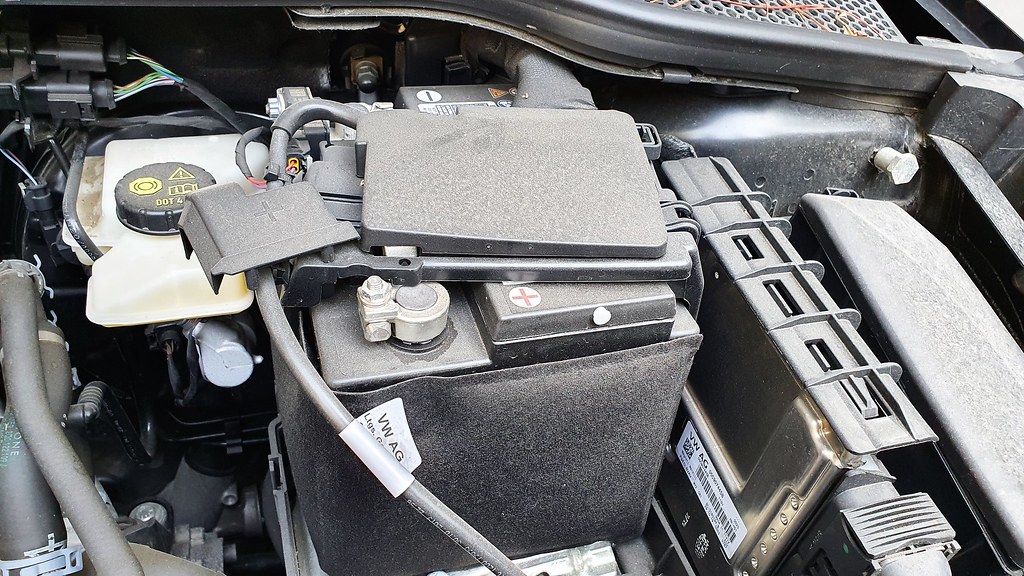
3. **Test the Battery**
As temperatures drop, your car’s battery faces increased demands and reduced efficiency, making a pre-winter check absolutely essential. Engines, by their very nature, become more difficult to start in cold weather due to increased oil viscosity and other factors. This means your battery has to work harder to crank the engine, making any existing weakness a significant liability that could lead to an unexpected breakdown.
Consider any past battery issues you might have experienced during the warmer months. If you found yourself needing a jump start once or twice over the summer, this is a strong indicator that your battery is already showing signs of weakness and is likely to fail when subjected to the added stress of winter cold. Such historical performance is a reliable predictor of future problems, signaling that a professional check is in order.
The fundamental reason batteries struggle in colder conditions lies in their internal chemistry. “Remember, batteries hate cold weather,” and for good reason. The chemical reactions within the battery that generate electricity significantly slow down as the temperature drops. This reduction in chemical activity directly hinders the battery’s ability to produce its maximum power output, which is precisely what’s needed for cold starts.
To illustrate this point, the optimal outside temperature for a car battery to deliver its maximum output is approximately 80 degrees Fahrenheit. Clearly, for many regions, winter temperatures fall far below this ideal, placing considerable strain on even a healthy battery. The further the temperature deviates from this ideal, the more pronounced the struggle for your battery to provide the necessary starting power, highlighting the importance of a robust, fully charged unit.
Therefore, before winter truly sets in, it is highly advisable to get your car battery professionally checked. A mechanic can assess its current state of charge and overall health, identifying any potential weaknesses that could leave you stranded. Addressing battery issues proactively is a simple yet effective step in preventing a frustrating and potentially dangerous non-start situation on a bitterly cold morning, ensuring your vehicle remains dependable.
Read more about: 11 Things EV Owners Really Wish You’d Stop Asking Them About Range: Debunking the Myths of Electric Mobility
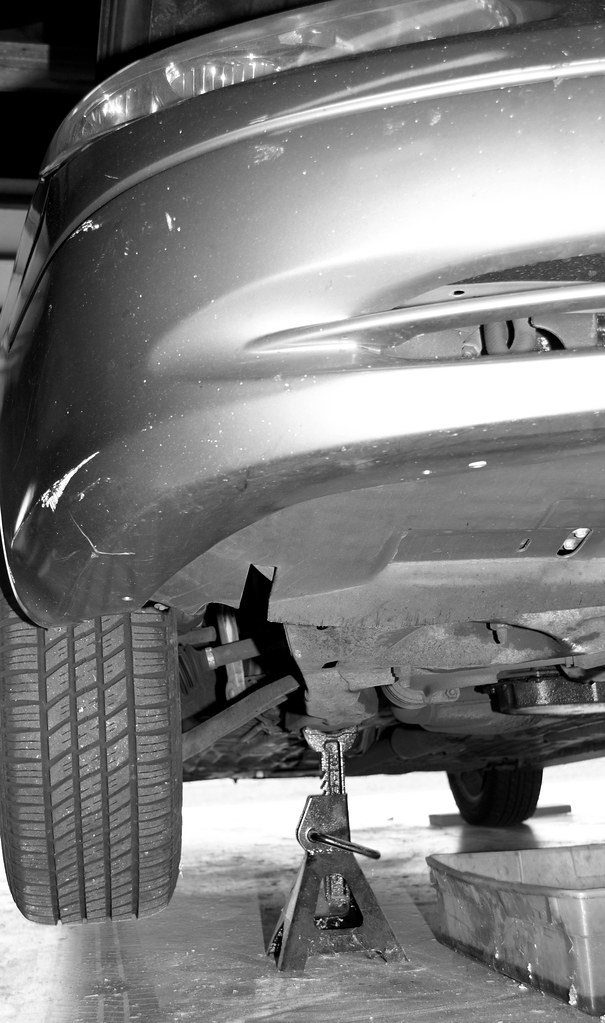
4. **Change the Oil**
Beyond simply maintaining optimal fluid levels, the type and weight of engine oil you choose become critically important when winter arrives. A lighter weight oil, specifically engineered for colder conditions, plays a role as vital as a robust battery in ensuring your engine starts smoothly and efficiently in frigid temperatures. Proactively selecting the correct oil is not just a recommendation; it’s a fundamental step to prevent undue stress on your engine and ensure reliable vehicle operation throughout the challenging winter season.
Cold weather has a profound effect on engine oil, causing it to thicken considerably and become more resistant to flow. This increased viscosity makes it significantly more challenging for the oil to circulate quickly and effectively throughout the engine, especially during initial startup. When the oil is too thick, the engine has to exert much greater effort to turn its internal components, hindering immediate lubrication. This struggle places immense strain on the starter motor and, crucially, on the battery, which must deliver a more powerful surge of electricity to overcome the sluggish oil. Inadequate lubrication during these critical startup moments, when the engine is most vulnerable, can accelerate wear and significantly shorten its lifespan.
This heightened demand on the starting system in cold temperatures explains why a strong, fully charged battery is absolutely necessary for winter driving; it must deliver that extra burst of power to overcome the resistance of thickened oil and crank the engine. By making the conscious choice to select the correct oil weight, you actively mitigate this excessive strain, allowing your engine to start more easily and reducing the burden on your entire starting system. This essential proactive measure not only saves your battery from premature wear and unexpected failure but also protects the engine itself from damage that can result from delayed or inadequate initial lubrication.
Determining the precise, manufacturer-recommended engine oil weight for your specific vehicle is a straightforward process, and the definitive source for this information is always your car’s owner’s manual. This invaluable resource provides detailed specifications that are meticulously tailored to your engine’s design, its operational characteristics, and the environmental conditions it’s expected to endure. Consulting this guide is paramount to ensure you’re using the optimal oil formulation for your vehicle’s health and peak performance during the winter months, avoiding costly guesswork.
The basic rule of thumb for seasonal oil changes is to opt for thinner oil in cold weather and thicker oil when temperatures are consistently hot. Thinner oils, often denoted by a lower ‘W’ (winter) number in their viscosity rating, maintain their fluidity better in low temperatures, allowing for quicker flow to bearings and other critical components immediately upon startup. This rapid lubrication reduces internal friction and wear, making your engine happier and more efficient. Conversely, thicker oils are better suited for hot climates where they can maintain their protective film at higher operating temperatures. Making this simple, informed switch can dramatically improve your car’s cold-start reliability, enhance fuel efficiency, and contribute significantly to overall engine longevity.
Read more about: Budget or Luxe? We Ranked 10 Shampoos That Deliver Hair Goals, From Everyday Heroes to Salon Stars!
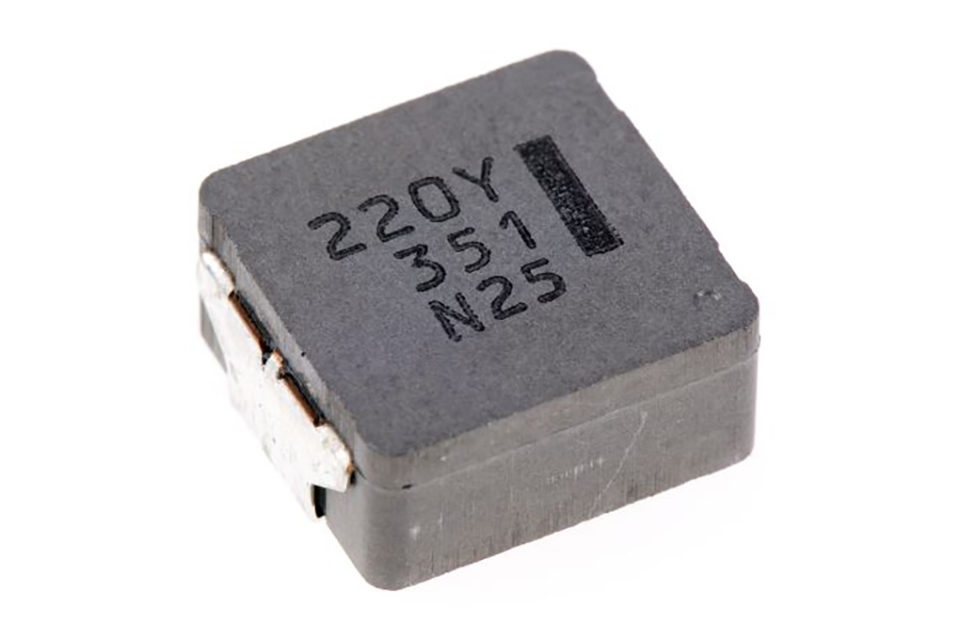
5. **Lubricate Key Vehicle Components**
As the cold weather truly settles in, ice and freezing temperatures can cause far more frustration than just a difficult engine start. They can bind and freeze critical moving parts throughout your vehicle, rendering them stiff, inoperable, or even susceptible to damage. While often overlooked, the proper lubrication of locks, latches, hinges, window channels, and weather stripping is a simple yet incredibly effective preventative measure. This small investment of your time can prevent frustrating mornings spent struggling with frozen doors and windows, and, crucially, save you the significant expense of replacing a busted window regulator or repairing damaged door mechanisms down the line.
Preparing these essential components for winter’s onslaught can be accomplished in less than 20 minutes with just a few readily available supplies. You’ll need dry Teflon spray, spray lithium grease, a clean rag, and some glass cleaner. Each of these tools serves a specific purpose: dry Teflon is excellent for intricate mechanisms and rubber, while lithium grease provides heavy-duty, long-lasting protection for metal-on-metal contact points. Having this small arsenal on hand means you’re equipped to tackle this crucial maintenance task efficiently and effectively, ensuring smooth operation of your car’s access points throughout the coldest months.
Begin your comprehensive lubrication regimen with the window channels, which are frequently overlooked but vital for smooth window operation and preventing freezing. Start by ensuring the channels are clean of any accumulated dirt or debris, which can hinder lubricant effectiveness. Then, lower the window glass completely and thoroughly coat the front, rear, and top window channels on each door using the dry Teflon spray. Don’t be shy; ensure the channels are adequately soaked. Once applied, run the window up and down several times to evenly distribute the lubricant throughout the entire channel. Conclude this step by raising the window fully and carefully cleaning off any overspray from the glass with your glass cleaner, ensuring a clear, streak-free view.
Next, it’s imperative to address the door and trunk or hatch lock cylinders. These small but crucial mechanisms are highly susceptible to freezing, which can prevent critical entry into your vehicle or secure closure of its compartments. Using the dry Teflon spray, employ its fine spray straw to gently force open the lock’s protective ‘door’ or flap, if present, exposing the cylinder. Once exposed, inject a quick, targeted shot of the lubricant directly into the lock cylinder. To ensure the lube is thoroughly spread and works its magic on all internal tumblers, insert your key and rotate the lock several times, engaging the mechanism with the protective coating. This simple action can prevent a maddening lockout on a bitter morning.
Following the locks, turn your attention to the weather stripping, which forms the vital seal for your doors and windows against the harsh elements. Apply a generous, even coat of dry Teflon spray along all the weather stripping, then use a clean, soft cloth to gently spread the lubricant. This specialized coating creates a protective, non-stick barrier that prevents moisture from freezing and bonding the rubber to the door frame when temperatures plummet, eliminating the common annoyance of frozen-shut doors and minimizing drafts. The flexibility and integrity of the weather stripping will be maintained, ensuring a tight seal that keeps cold air and moisture out.
Finally, complete the job by lubricating the hood, trunk, or tailgate latches with spray lithium grease. These robust components are often exposed directly to moisture, road salt, and grime, making them prime candidates for corrosion, rust, and freezing. After applying the grease liberally, spray the door hinges as well, ensuring every critical point of movement is protected from seizing. To work the grease effectively into the mechanisms and ensure comprehensive coverage, operate the latches and open and close the doors several times. This simple, comprehensive lubrication routine will keep your vehicle’s access points functioning flawlessly throughout the winter, preventing frustration, ensuring security, and ultimately warding off costly repairs.
Read more about: 10 Essential Strategies: Keeping Your Off-Road Truck’s Interior Spotless After Every Adventure
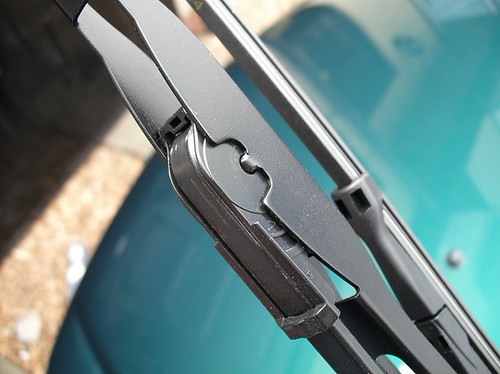
6. **Switch to Winter Wiper Blades**
Imagine this scenario: the season’s first significant snowstorm descends, blanketing the roads, and as you turn on your wipers expecting clear visibility, you’re met instead with frustrating streaks, large, uncleared swaths, and blades that seem to just smear the frozen precipitation across your windshield. This all-too-common problem is usually a clear and dangerous sign that your regular wiper blades are simply not equipped to handle the unique, relentless challenges of winter weather. Investing in specialized winter wiper blades is a simple yet profoundly impactful upgrade that directly translates to enhanced safety, reduced stress, and improved driver confidence during adverse conditions.
The core issue with standard wiper blades in snow and ice lies inherently in their open, conventional design. Their exposed blade supports and traditional rubber material are highly susceptible to becoming packed with snow, slush, and ice. As these frozen accumulations build up, they interfere with the blade’s ability to maintain full, consistent contact with the windshield. This uneven pressure leads to the infuriating streaks and missed areas that severely compromise your forward visibility, turning an already hazardous driving situation into a potentially perilous one. The ice can lift sections of the blade off the glass, creating blind spots precisely when you need the clearest view.
Winter blades, however, are engineered with a crucial design difference that directly counteracts these fundamental problems. Their distinctive feature is a durable, protective rubber covering, often referred to as a ‘boot,’ that completely encloses the entire blade structure. This specialized sheath acts as an impenetrable barrier, preventing snow, ice, and road grime from infiltrating the blade’s supports and mechanisms. Without these frustrating obstructions, the blade retains its essential flexibility and its crucial ability to conform precisely to the curvature of your windshield, ensuring an even, efficient, and streak-free wipe every time, even in the harshest conditions.
The practical benefits of this specialized design are immediately evident and immensely valuable on the road. With winter wiper blades, you’ll experience much better, consistent visibility, as the blades efficiently clear away snow, ice, and slush without streaking or packing. This translates directly into significantly safer winter driving, as your ability to clearly see hazards, approaching traffic, and critical road markings remains uncompromised. This enhanced clarity drastically improves your perception and reaction time during challenging weather, reducing driver fatigue and proving its worth with every winter mile you travel.
Don’t wait for the first whiteout or an unexpected icy commute to realize your visibility is dangerously impaired. Proactively switching to robust winter wiper blades before the cold weather fully descends is a smart, easy, and essential step to ensure you maintain optimal vision and control when you need it most. They are a crucial, non-negotiable component in your comprehensive winter driving safety arsenal, much like good snow tires and a reliable battery, safeguarding your journey through whatever the season throws your way and helping you arrive safely at your destination.
**Our Conclusion**
Read more about: The Critical Winter Car Care Mistakes Drivers Must Avoid for a Safer Season
Successfully winterizing your car is far more than just a seasonal chore; it’s a strategic investment in your safety, peace of mind, and the sustained longevity of your vehicle. By systematically addressing each of these critical areas – from ensuring your tires possess adequate traction and pressure, to guaranteeing your battery is robust enough for frigid cold starts, and now, optimizing your engine oil for low temperatures, diligently lubricating vital vehicle components, and upgrading your wiper blades for superior visibility – you transform your car into a reliable fortress against winter’s harshest elements. Each thoughtful step taken represents a crucial layer of protection, dramatically reducing the likelihood of unexpected breakdowns and costly repairs while significantly enhancing your driving confidence on treacherous roads. Embrace these practical, expert-backed strategies, and you will navigate the colder months not just safely, but with the unwavering assurance that your vehicle is performing at its absolute peak, meticulously prepared for any challenge the season presents.



